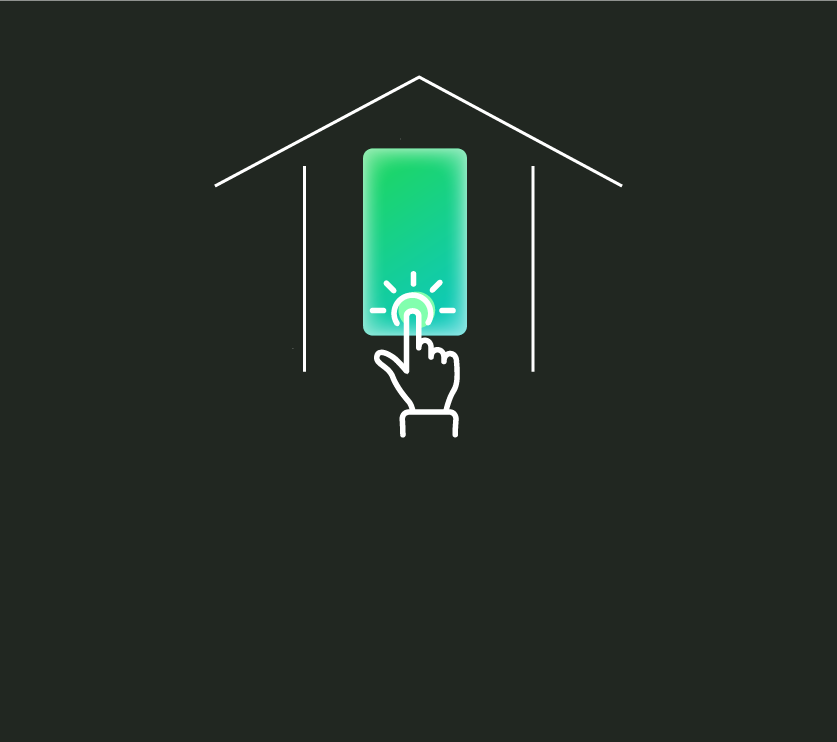A little over a year ago, COVID upended the dominance of the experience store. Nike, North Face, Glossier, Warby Parker, Sonos, Casper — brands from DTC to traditional were investing heavily in creating experiences for their shoppers and positioning their products in aspirational and inspirational environments.
While online shopping was obviously prevalent prior to the pandemic, ecommerce was still fairly separate from the retail-based path to purchase. Though in March 2020, shoppers immediately pivoted to online purchasing almost exclusively — mostly out of necessity. Non-essential retailers shuttered their doors, many permanently.
Now that the country is starting to reopen and foot traffic is returning to retail (up 28% from January alone), those learned behaviors are expected to be largely permanent. Retailers could previously rely on shoppers wanting to spend time in-store, browsing and exploring. In today’s pandemic-shaken marketplace, many people are still hesitant to spend more time in-store than necessary. Physical store visits have become more purposeful and transactional, with shoppers looking to get in and out. Meanwhile, the journey for bigger purchases has largely become a closed loop online, starting with research and ending in an order that ships directly to the home. Not to mention the rise of social media — from Instagram to retailer livestreams — as imminently shoppable channels.
Today’s path to purchase is more fluid than ever. Inspiration can strike anywhere and at any time. What does all of this mean for the in-store experience?
- Retailers and brands alike are rapidly shifting focuses and budgets toward digital transformation: merging the digital experience with their physical footprints, and accommodating demand for BOPIS (buy online, pickup in-store) and curbside pickup.
- Stores are getting smaller, with less space dedicated for brand displays. Sales associates are generalists, not go-to experts any longer. Shoppers are using their cell phones to research and purchase in-store.
What’s missing from this mobile-based path to purchase is real-life trial and experience that just can’t be replicated online. Brands are starting to build out spaces where purchase isn’t the point. As we all reemerge from a year of uncertainty to create a “new normal,” consumers are looking to be inspired and connect with their communities.
Given this, we see five imperatives for the post–digital experience store:
1. Smaller and more localized — in-line with larger retail trends and tailored to the area
2. Personalized — meets shopper expectations of a customized experience
3. Frictionless — seamless transition from the online experience to in-store
4. Compelling — expect custom products available only at that store
5. Measurable — data is, as ever, critical to optimizing the experience
Though purchase habits may have changed, experiential retail still has a huge part to play in building consideration and long-term loyalty with consumers — as long as there are compelling reasons for customers to engage.


